Transcript
Note: This is not a word-for-word transcript
Georgina
And I’m Georgina.
Neil
Do you believe in ghosts, Georgina?
Georgina
Well, I’ve never actually seen one – not even at Halloween.
Neil
How about dragons then? Or fairies and elves?
Georgina
Have you been reading fantasy books, Neil? Lord of the Rings?
Neil
I have been reading a book, Georgina, but not Lord of the Rings. My book is about an amphibious creature – a creature that lives both on land and in water.
Georgina
Some kind of Frog-Man?
Neil
You’ve almost got the idea, Georgina, but think – woman, not man; and fish, not frog.
Georgina
Half-woman, half-fish? I’ve got it – a mermaid!
Neil
That’s right! Mermaids are magical creatures, half-woman, half-fish, that feature in the myths and legends of many cultures around the world.
Georgina
Like the Sirens, whose seductive singing shipwrecked Odysseus and his sailors in ancient Greek mythology.
Neil
The Sirens are perhaps the most famous, but certainly not the only, mermaids we’ll be hearing about. But before we dive into the programme, it’s time for my quiz question. The book I’ve been reading was, of course, The Little Mermaid.
Georgina
Yes, I’ve seen the Disney movie. The mermaid is called Ariel.
Neil
Right – but the movie was based on a fairy tale written by Hans Christian Andersen. It became so famous that a statue of the Little Mermaid was built in the harbour of Andersen’s birthplace – but where? Was it:
a) Amsterdam,
b) Copenhagen, or
c) Oslo?
Georgina
I’m going to say b) Copenhagen.
Neil
OK, Georgina, I’ll tell you the answer later. Disney’s defenceless mermaid, Ariel, seems the total opposite to the seductive, dangerous Sirens in the Odyssey. In fact, descriptions and stories of mermaids have always changed from place to place.
Georgina
One mermaid-like character found across Africa and the Americas is named, Mami Wata. Here’s British writer, Marcelle Mateki, talking about the origins of this legend to BBC World Service programme, The Forum:
Marcelle Mateki
Even the name, Mami Wata, which is pidgin English for ‘Mother Water’, so it’s loosely translated from pidgin English as ‘the mother of water’ and the characteristics that are commonly shared when speaking about Mami Wata across the West African coast is that this deity is the protector of the water kingdom.
Neil
The name ‘Mami Wata’ comes from Nigerian pidgin English – a language which has developed from a mixture of two languages and is used as a way of communicating by people who do not speak each other’s languages.
Georgina
Marcelle says that ‘Mami Wata’ means ‘the mother of water’ when loosely translated – translated in a way that carries over the basic ideas but using words which may not be so accurate.
Neil
Mami Wata is also described as the protector of the water kingdom and a deity – a god, goddess or other divine being.
Georgina
Another version of a mermaid-like creatures, called Selkies, are found in the remote Orkney Islands, north of the Scottish mainland. The Selkies can take human form and marry men but every now and then they return to their watery kingdom under the sea.
Neil
Cristina Bacchilega is co-editor of The Penguin Book of Mermaids. According to her, these different versions of mermaids share something in common – they force us to question our relationship to water and other beings in the natural world – and even to question how we see ourselves.
Georgina
Here’s Cristina explaining more in the BBC World Service’s, The Forum:
Cristina Bacchilega
The beings, not just mermaids but Selkies and water deities and other water spirits are often shape-shifters, they have a certain kind of fluidity of being… So do we approach this world with humility, or do we really uphold a kind of anthropocentric view, human-centred view of life?
Neil
Mythical creatures are often shape-shifters – they have the power to change into a different shape or form.
Georgina
Moving between the sea and the Earth, mermaids link two natural worlds. Cristina thinks that, as humans, we should approach them with humility.
Neil
Someone who has humility is not proud and doesn’t think they are better than others.
Georgina
Well, Neil, I don’t think I’m better than a ghost, a water spirit or a mermaid – it’s just that I’ve never seen one. But then again, I’ve never seen electricity – and I believe in that!
Neil
Maybe it would help if you saw a statue of a mermaid, if not the real thing?
Georgina
Maybe – but where would I find one?
Neil
In my quiz question I asked where you’d see the statue of Hans Christian Andersen’s Little Mermaid. What did you say, Georgina?
Georgina
I guessed b) Copenhagen.
Neil
Which was… the correct answer! The Little Mermaid statue is found in Andersen’s birthplace of Copenhagen. And it really is little – only 1.25m high!
Georgina
In this programme, we’ve been talking about mermaids – mythical half-woman, half-fish creatures which are amphibious – live both on land and in water.
Neil
In some cultures, mermaids are deities – or goddesses. They can also be shape-shifters – imaginary creatures with the power to change into different shapes.
Georgina
One African mermaid is called, Mami Wata, in pidgin English – amixture of English and local languages which enables people who do not share a common language to communicate.
Neil
Mami Wata means ‘Mother Water’ – but this is a loose translation – a translation which carries over the basic idea but using words which may not be so accurate.
Georgina
That’s all for this programme, but the next time you’re near the sea, keep an eye out for a splash in the waves – you never know what you might see!
Neil
Join us again soon for more discussion and vocabulary here at 6 Minute English. And follow us on social media. Bye for now!
Georgina
Bye!
Vocabulary
amphibious
describes a creature that lives both on land and in water
pidgin English
a language that has developed from a mixture of two languages. It is used as a ‘lingua franca’ – a way of communicating by people who do speak each other’s languages
loose translation
translation of writing or speech which carries over the basic idea but using words which may not be so accurate or nuanced
deity
god or goddess
shape-shifter
imaginary person or creature that has the power to change into a different shape or form
humility
the quality of not being proud or thinking you are better than others; being humble
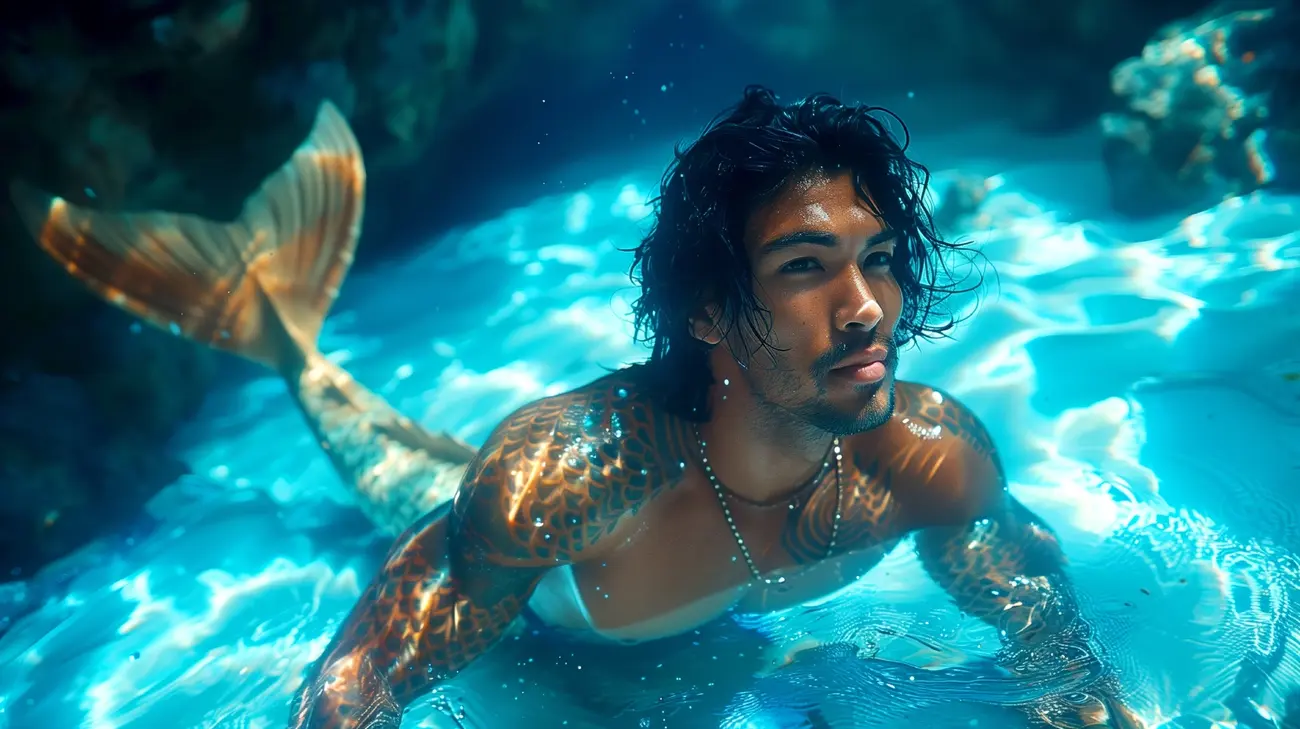
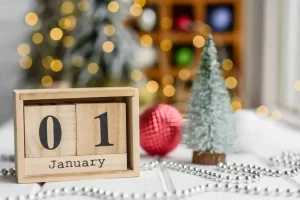
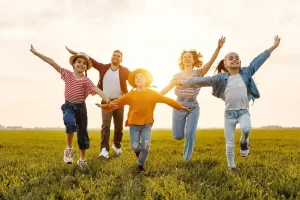





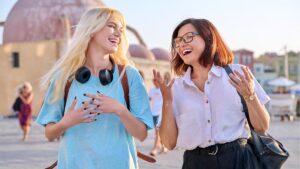
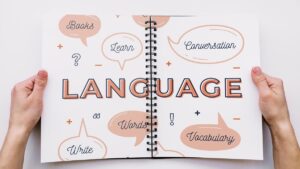
2 نظر در “Mermaids”
عالی بود
خواهش میکنم
خرسندیم از رضایت شما
نظرات بسته شده است.